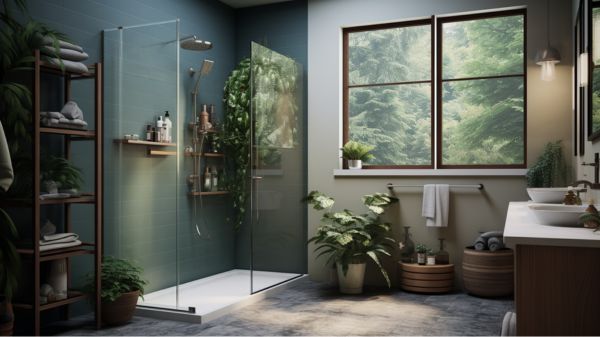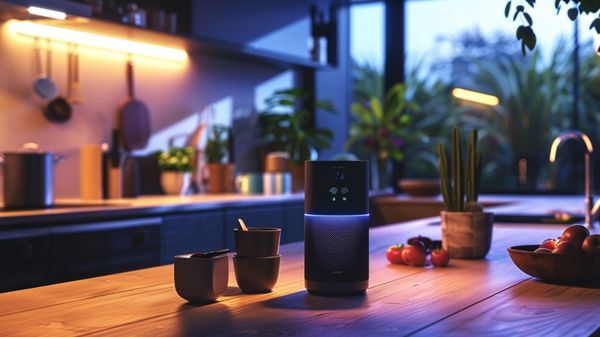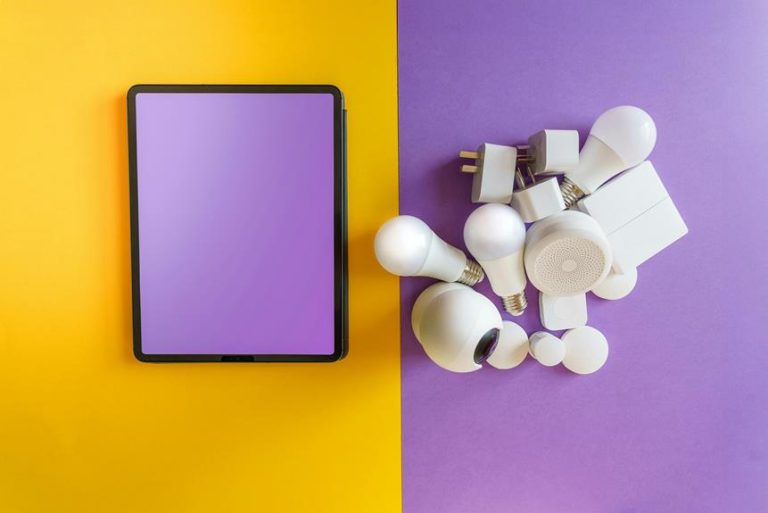Are you ready to unlock the power of water conservation? Get ready to dive into a world of practical and efficient methods that will save you both water and energy.
Imagine cutting your water bill in half while reducing your carbon footprint. With water-efficient appliances, rainwater harvesting, and low-flow fixtures, you can make a real difference.
Let’s explore these effective techniques together, empowering you to belong to a community of mindful individuals taking action for a sustainable future.
Water-Efficient Appliances
To achieve greater energy efficiency, consider using water-efficient appliances. Water-efficient appliances are designed to minimize water wastage by incorporating advanced water saving technology. These appliances are equipped with features such as low-flow showerheads, dual-flush toilets, and smart irrigation systems that significantly reduce water consumption without compromising performance.
By opting for water-efficient appliances, you not only contribute to water conservation efforts but also reap the benefits of reduced water bills. In addition, many governments and utility companies offer water conservation incentives to encourage the adoption of these appliances. These incentives can include rebates, tax credits, or reduced rates for water usage.
Rainwater Harvesting
How can you effectively implement rainwater harvesting for energy efficiency?
Rainwater collection systems are an excellent way to conserve water and reduce energy consumption. By capturing rainwater from rooftops, you can utilize it for various purposes such as irrigation, flushing toilets, or even for drinking water after proper filtration.
Installing rain barrels or cisterns can help you collect and store rainwater. These systems can be connected to gutters and downspouts, making it easy to channel rainwater into storage containers.
Additionally, you can incorporate rainwater harvesting in rooftop gardens. The plants in these gardens absorb rainwater, reducing runoff and preventing soil erosion. This method not only conserves water but also promotes energy efficiency by reducing the need for traditional water sources and the energy required to transport and treat water.
Low-Flow Showerheads and Faucets
By using low-flow showerheads and faucets, you can further enhance your water conservation efforts and maximize energy efficiency in your home. These water saving technologies are eco-friendly plumbing fixtures designed to reduce water usage without compromising performance.
Low-flow showerheads and faucets work by restricting the flow of water, typically at a rate of 1.5 to 2 gallons per minute (gpm), compared to the average flow rate of 2.5 gpm or higher in traditional fixtures. This reduction in water consumption can lead to significant savings on your water bill, while also conserving a precious resource.
Additionally, low-flow showerheads and faucets can help reduce the amount of energy needed to heat water, resulting in further energy savings. By incorporating these eco-friendly plumbing fixtures into your home, you can contribute to a more sustainable future while still enjoying all the benefits of a fully functional and efficient water system.
Xeriscaping and Native Plant Landscaping
Incorporating xeriscaping and native plant landscaping into your outdoor spaces enhances water conservation efforts and promotes energy efficiency.
Xeriscaping refers to the practice of designing gardens that require little to no additional water beyond what’s naturally provided by rainfall. By using drought-tolerant plants and minimizing the use of lawn areas, you can significantly reduce water consumption in your landscaping.
Native plant landscaping involves using plants that are naturally adapted to your region’s climate and soil conditions. These plants are more resilient and require less maintenance, saving both water and energy.
Sustainable irrigation techniques, such as drip irrigation and rainwater harvesting, can also be incorporated into your xeriscaped or native plant landscape to further conserve water.
Greywater Recycling
You can maximize water conservation and energy efficiency by recycling greywater. Greywater is the wastewater generated from activities like showering, laundry, and dishwashing, which can be treated and reused for non-potable purposes.
Greywater treatment involves removing impurities and contaminants to make it safe for irrigation or toilet flushing. Water reuse systems are designed to capture, treat, and distribute greywater to reduce the demand for freshwater.
By implementing greywater recycling, you can significantly reduce your water consumption and lessen the strain on freshwater resources. Additionally, greywater recycling can contribute to energy efficiency by reducing the need for pumping and treating wastewater.
Installing a greywater treatment system or utilizing water reuse systems can be a practical and effective way to conserve water while promoting sustainable living.
Conclusion
In conclusion, implementing water-efficient appliances, rainwater harvesting, low-flow showerheads and faucets, xeriscaping and native plant landscaping, and greywater recycling are effective methods for conserving water and improving energy efficiency.
By integrating these practices into everyday life, individuals can contribute to sustainable water management and reduce their ecological footprint.
Embracing these techniques not only saves water but also promotes a more sustainable and resource-efficient future.




